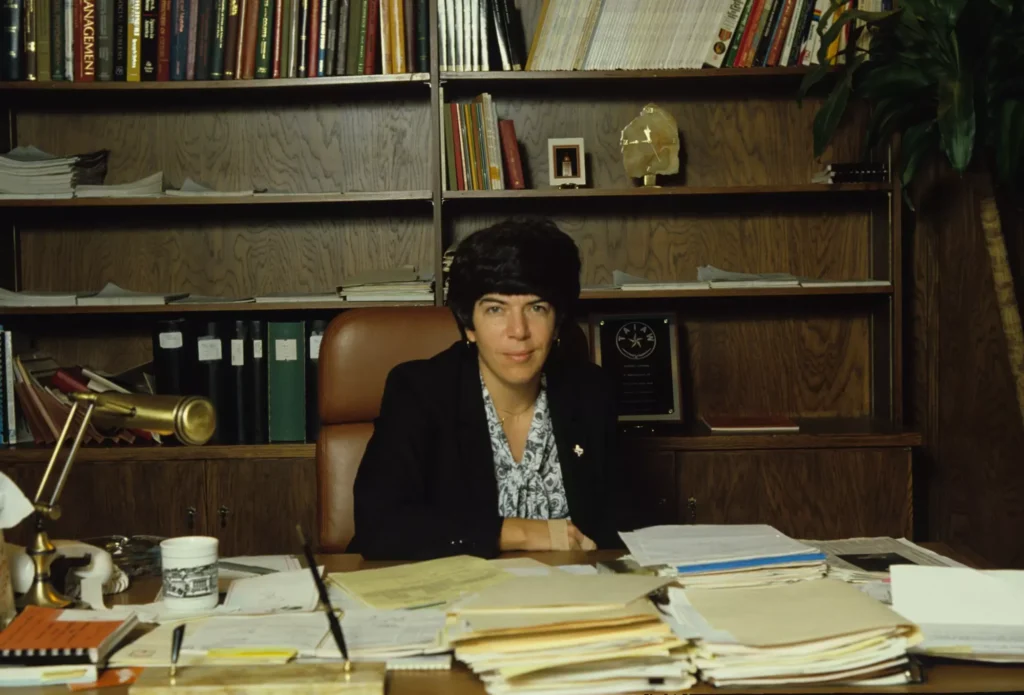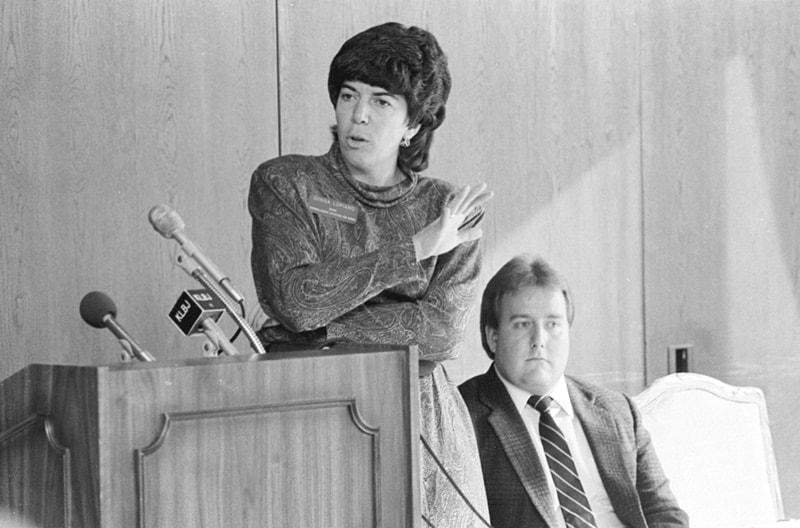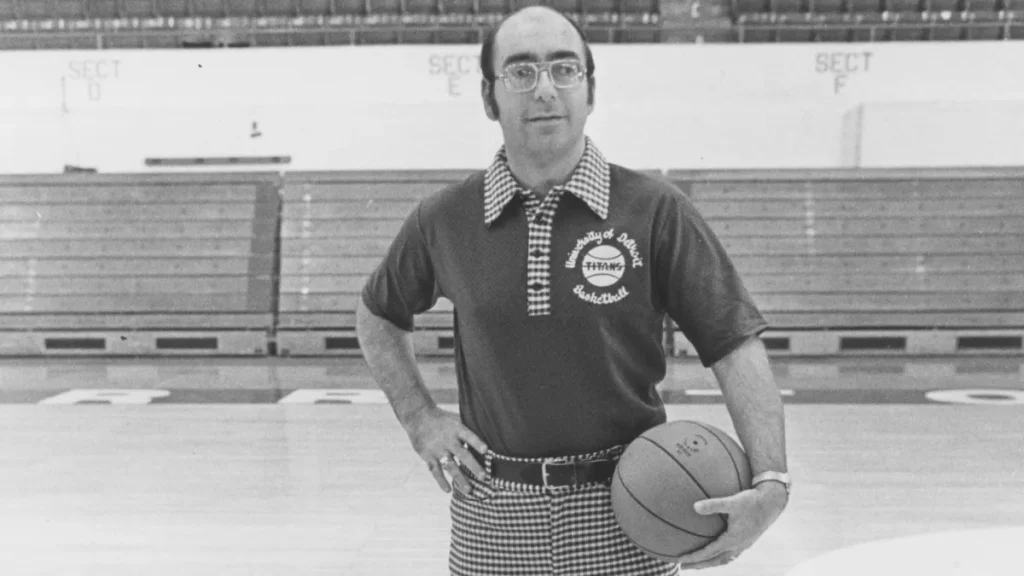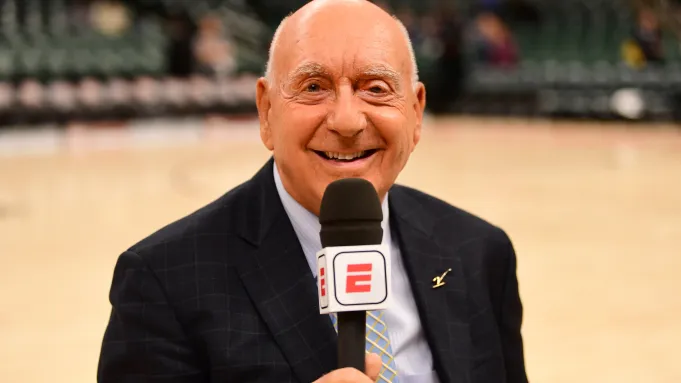
Joe Amato
Motorsports
During the peak of his career in the late 80s and 90s, Top Fuel drag racer Joe Amato built a loyal fanbase known as “Joe’s Army.” His success on the track was impressive, but it was his down-to-earth, approachable personality that truly endeared him to fans and the media. Unlike many other drivers, Amato remained humble and relatable, never adopting the aloof persona of a “commanding general.” This made him beloved by his fans and kept him accessible throughout his career.
Before retiring in 2000, Amato amassed a remarkable record that set him apart from his peers. He secured 52 race wins, a figure 19 higher than his closest active competitor. Amato’s consistency was unmatched; he finished in the Top 10 for 18 consecutive seasons and remains the only five-time NHRA Top Fuel points champion in history. Additionally, he holds fifth place in total professional victories and is the fifth on the all-time list of Number 1 qualifiers. He also notched six victories in the prestigious Budweiser Top Fuel Classic.
Amato’s final seasons were marred by an eye injury in 2000, which threatened to end his career. Despite the setback, he finished the season strong, ranking fourth in the standings and winning again at the Keystone Nationals in Reading, PA. Though he initially planned to retire after the 2001 season, Amato ultimately decided to step away from racing entirely and focus on his role as a team owner. His decision marked the end of an era, but he remained a beloved figure in the sport.
Beyond his racing career, Amato’s business ventures have been equally successful. He co-founded Keystone Automotive, which grew into the largest parts chain in the eastern U.S. and later became Key Parts. Amato also had significant influence in the automotive industry, serving on the SEMA Board of Directors and impacting national legislation on performance vehicle parts. Now a team owner, Amato continues to bring the same passion and enthusiasm to his role, maintaining his friendly demeanor and enduring popularity. His contributions to motorsports earned him a rightful place in the Motorsports Hall of Fame, where his fans, affectionately known as “Joe’s Army,” continue to celebrate his legacy.

Peter Cutino
Swimming, Water Polo
Peter J. Cutino, a prominent figure in the world of water polo and swimming, had an extraordinary career that spanned decades as both an athlete and a coach. He attended California State University, Cal Poly San Luis Obispo, and was an active participant in water polo and swimming at the university level. Cutino was a standout swimmer and record-holder, earning All-American honors in community college swimming. He was also part of Monterey Union High School’s league champion teams for four years. Cutino’s coaching career included positions as the manager of the Monterey Sports Center and supervisor of aquatics at UC Berkeley. He founded and coached several clubs, including the Atascadero SC, San Luis Obispo SC, and the Oxnard W/P Club, and played key roles in several prestigious water polo organizations, including the US Water Polo Hall of Fame Committee.
Cutino’s coaching record is equally impressive. He coached the University of California, Berkeley’s water polo team from 1963 to 1988, leading them to multiple NCAA National Championships in 1973, 1974, 1975, 1977, 1983, 1984, 1987, and 1988. Under his leadership, Berkeley also won several Pac-8 and Pac-10 titles. Cutino’s teams were regular contenders in national tournaments, winning multiple AAU and USWP National Championships. Additionally, he served as assistant coach for the US Men’s Water Polo Team at the Pan American Games in 1971 and 1979 and contributed to the Olympic preparation of athletes.
Throughout his career, Cutino received numerous accolades for his contributions to the sport of water polo. He was named NCAA Coach of the Year multiple times (1973, 1974, 1975, 1983, 1988) and was honored with the prestigious US Water Polo Award in 1990. He also earned the Master Coach Award, the highest honor given to an aquatics coach, and was inducted into the California State Poly. Univ. Athletic Hall of Fame in 1987 and the University of California, Berkeley Athletic Hall of Fame in 1994. Cutino’s coaching legacy is celebrated through various awards, including the establishment of the Peter Cutino Most Improved Player Award and a scholarship in his name.
Cutino’s influence extended beyond coaching. He contributed to water polo through his work with FINA’s Technical Water Polo Committee and served on the US Olympic Committee. His dedication to the development of water polo players and coaches earned him recognition from local and state organizations, including the California State Legislature and the City of Monterey. The numerous resolutions, proclamations, and awards honoring Cutino throughout his career reflect his profound impact on water polo and aquatics, leaving a lasting legacy in both coaching and the sport itself.

Vince Ferragamo
Football
Although a sturdy NFL quarterback over 10 seasons, much of Vince Ferragamo’s football career is wrapped up in the 1979 season, when he led the Los Angeles Rams to the Super Bowl.
After leading the 9-7 Rams to road victories over the Dallas Cowboys and Tampa Bay Buccaneers in the 1979 NFL Playoffs, Ferragamo started for the Rams in Super Bowl XIV. This made him the first quarterback to start a Super Bowl in the same season as his first career start, although the Rams fell to the Pittsburgh Steelers 31-19.
After a short stint with the Montreal Alouettes of the Canadian Football League, Ferragamo returned to the Rams, started several more seasons, then went on to play with the Buffalo Bills and Green Bay Packers, where he ended his decade-long NFL career.

Dr. Donna Lopiano
Baseball, Softball, Women Sports Foundation CEO
Donna Lopiano’s passion for sports began in her childhood, when she dreamed of becoming a New York Yankee. At the age of eleven, after making her local Little League team, Lopiano was excited to receive her uniform, only to be told by a local father, armed with a rulebook, that girls were not allowed to play. This setback did not deter her; Lopiano, confident in her skills and having always been respected by the boys she played with, continued to pursue her love for sports. Her experiences shaped her into one of the most prominent advocates for gender equity in athletics, advocating for opportunities for girls in sports for decades.
Born in Stamford, Connecticut, on September 11, 1946, Lopiano was raised by her Italian-American parents, who encouraged her athletic ambitions. As a child, Lopiano was a “tomboy,” often playing baseball with the boys in her neighborhood. Her parents, owners of a restaurant, were hardworking and supported her pursuits, even gifting her a baseball glove for her first Holy Communion. While society wasn’t always as supportive, Lopiano’s parents nurtured her love for sports, emphasizing the importance of education alongside her athletic activities.
Lopiano’s determination led her to play for the Brakettes, a national championship women’s softball team, where she traveled internationally and was mentored by strong female athletes, including softball legend Joan Joyce. After earning a doctorate from the University of Southern California in 1972, she helped lead the Brakettes to a national title. Lopiano then transitioned into administration, becoming the Assistant Athletic Director at Brooklyn College before taking on the role of Director of Women’s Intercollegiate Athletics at the University of Texas in 1975. There, she guided her programs to eighteen national championships and increased the SAT scores of her athletes, all while advocating for gender equality in coaching and salary.
In 1992, Lopiano became the CEO of the Women’s Sports Foundation, where she worked tirelessly to ensure compliance with Title IX and improve opportunities for women in sports. Throughout her career, she has authored numerous publications, earned two honorary doctorates, and was named one of the “100 Most Influential People in Sports” by Sporting News in 1995. She has been inducted into the Softball Hall of Fame, the Texas Women’s Hall of Fame, and has served on several national committees promoting women’s rights in athletics. Now, as the founder of Sports Management Resources, Lopiano continues to advocate for women in sports and works to build strong athletic programs in schools across the country.

Dick Vitale
Basketball
A colorful basketball announcer, known for creating wild catch phrases and hoops terms, Dick Vitale parlayed a successful coaching career into an ultra-successful broadcasting career.
He was an announcer on the very first hoops contest broadcast on the fledgling ESPN, on December 5, 1979. A one-of-a-kind broadcaster, Vitale has been elected to five Halls of Fame, including: the Elmwood Park, NJ, Hall of Fame; the Michigan Basketball Coaches Hall of Fame; the University of Detroit Hall of Fame; and the Florida Sports Hall of Fame.
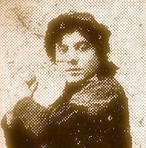
Maud Nelson
Baseball, Bloomer Girls
For over 40 years, Maud Nelson was a pioneering force in women’s professional baseball, providing countless women with the rare opportunity to play at the highest level. A player, scout, manager, and owner, she broke new ground in a male-dominated sport. At just 16 years old in 1897, Maud pitched for the Boston Bloomer Girls, leading the team to an incredible 28 wins in 26 days. As the team’s star, she often pitched every day, throwing for 2-3 innings before switching to third base for the remainder of the game.
By the age of 30, Maud had become the owner and manager of the Western Bloomer Girls, a position she held alongside her husband. After his passing, she continued to co-own teams with both women and men. In addition to her managerial role, Maud was deeply involved in scouting and recruitment, discovering talent among both male and female players. She also took charge of booking, contracts, and overall team operations, handling every aspect of running a professional baseball team.
Throughout her career, Maud traveled extensively across the country, balancing her duties as a player, manager, and scout. Her contributions to the game were immense, not just in playing the sport but in shaping the early landscape of women’s professional baseball. After retiring, she settled near Wrigley Field, marking the end of an extraordinary journey that had left an indelible mark on the sport and the women who played it.










